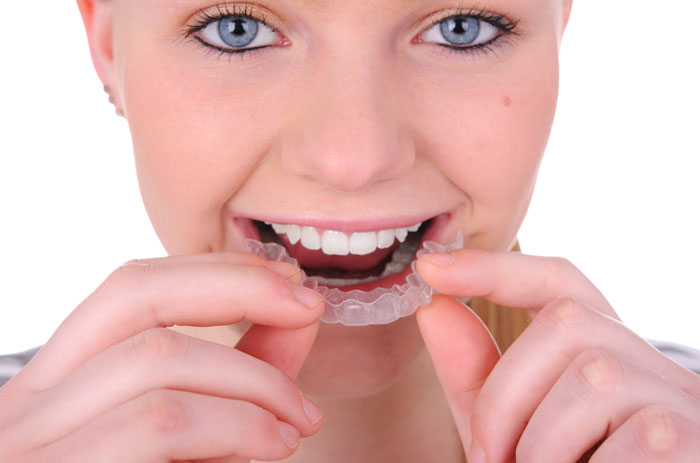Achieve a Straighter Smile with Invisalign

Some changes happen so gradually, they go unnoticed—until suddenly, they don’t. A once-even smile starts to feel crowded. A slight gap, barely visible before, becomes more obvious in photos. Over time, teeth shift. Bites feel off. The mouth, it seems, has a memory of its own.
For years, the only real fix was metal braces. Effective, yes—but often hard to live with. They’re visible, restrictive, and for many adults, they’re simply not a realistic option. That’s where Invisalign enters the picture—not as a shortcut, but as an alternative with its own set of strengths.
Why Teeth Move at All
Teeth aren’t anchored in stone. They’re held in place by a network of bone, ligaments, and soft tissue. That network adapts—slowly, subtly—to habits, growth patterns, or even long-forgotten injuries. Genetics plays a role, too.
Sometimes the shift is minor. Other times, it causes real problems: overlapping teeth, uneven wear, strain on the jaw. In many cases, alignment issues make daily hygiene harder, letting plaque build up where brushes and floss can’t quite reach. That’s when small changes begin to affect oral health in larger ways.
Clear Aligners, Quietly Doing the Work
What makes Invisalign different isn’t just its appearance. Yes, the trays are clear. Yes, they’re hard to notice from a few feet away. But more importantly, they’re designed to move teeth without disrupting everything else.
They come in sets, each one just a little different from the last. You wear them in sequence, and over time, the shape of your smile begins to shift. Most people swap to a new tray every week or two—always guided by the plan set by their dentist.
What the Process Actually Looks Like
There’s no guesswork involved. It starts with a scan—a 3D map of your teeth. From there, software creates a detailed plan: which teeth move, how far, and when. Each aligner is molded from this plan. It fits snugly, applying steady pressure to bring teeth into better alignment.
Sometimes, your dentist might add small tooth-colored attachments to help guide certain movements. They’re easy to miss, even up close. And if the aligners are worn as prescribed—usually 20 to 22 hours per day—most patients see steady, measurable progress.
Small Device, Big Impact
People often describe Invisalign not in technical terms, but in practical ones. They talk about being able to eat what they want. About brushing and flossing normally. About not having to avoid photos. For those working in public-facing jobs or attending school, that matters.
There’s also less irritation. No wires to poke, no brackets to break. That doesn’t mean the process is painless—any tooth movement involves some pressure—but the discomfort tends to be more manageable than with traditional braces.
But It’s Not for Everyone
There are limits. Invisalign can treat a wide range of alignment problems, but some complex bite issues or skeletal imbalances may still require braces or other interventions. And like any treatment, it only works if it’s used consistently.
If the trays are left out too often—or not worn long enough each day—progress slows. That’s something providers make clear upfront. It’s not meant to discourage, just to ensure expectations match reality.
After the Last Tray Comes the Real Test
Alignment isn’t permanent unless it’s maintained. Once active treatment ends, **retainers** take over. Without them, teeth can and often do drift back, especially during the first year.
Your dentist will guide you on how long to wear them and when. Some patients need nightly wear, others less. But the message is clear: keeping results means staying involved, even after the last aligner comes off.
Final Thought
There’s no perfect time to fix a smile. Life doesn’t always make room for appointments, routines, or new habits. But for many, Invisalign fits more easily into daily life than they ever expected.
If you’ve been thinking about alignment—not just how your smile looks, but how it feels—consider scheduling a consultation. One quiet step can set the rest in motion. Call (407) 777‑2071 to get started.
